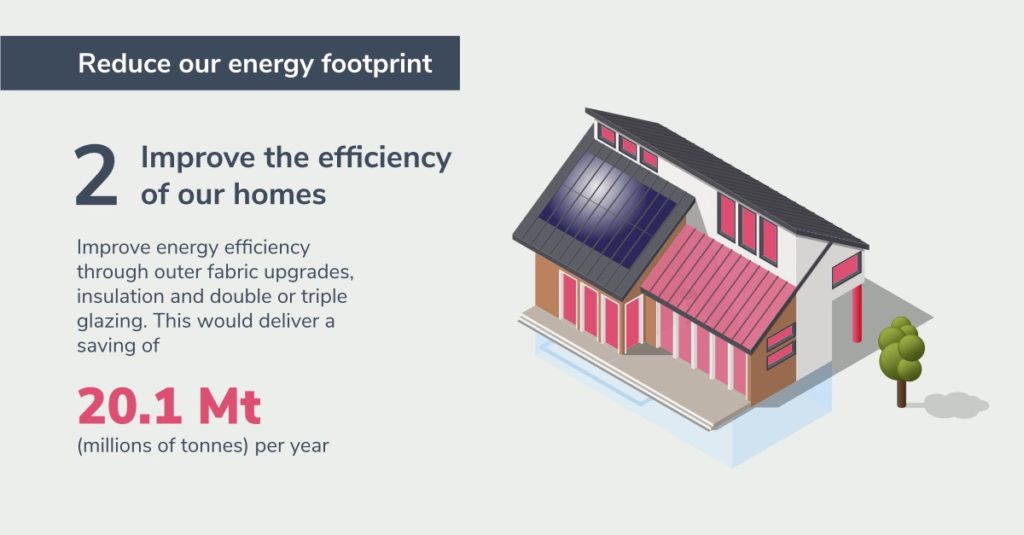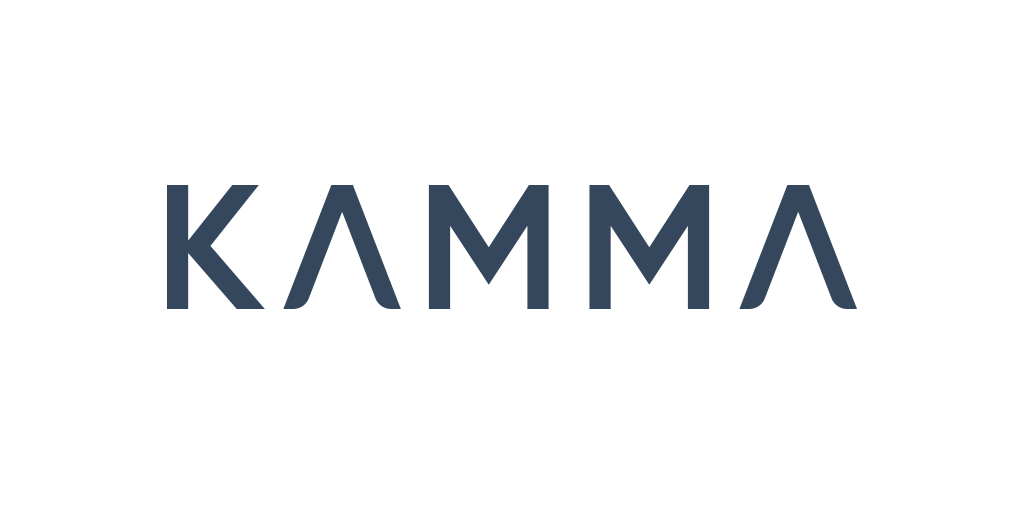- What we do What we do
- How we can help How we can help
- Insights Insights
- About About
- Support Support
- Book a Demo
4 steps to Net Zero for UK housing: energy efficient homes
How can we improve the energy efficiency of UK homes?
We’ve been exploring the 4 key steps to meeting net zero targets for the UK housing sector:
- Efficient devices (3.8% of UK emissions)
- Efficient homes (24.6% of UK emissions)
- Decarbonisation of electricity (16% of UK emissions)
- Decarbonisation of heating (55% of UK emissions)
💡 For a full overview of all 4 steps towards Net Zero housing in the UK, go to propertyzero.io
In this article we focus upgrading the energy efficiency of homes. What is actually needed to ensure energy efficient homes in the UK? How do we get there? What is the role of fabric first upgrades?

How do fabric first energy efficiency upgrades bring us closer to Net Zero housing in the UK?
Improving the energy efficiency of homes is clearly a crucial component on the path to Net Zero. In fact, a huge part of the government’s strategy is focused on a fabric first approach to energy efficiency.
As the name suggests, fabric first upgrading is an energy efficiency approach where the outer fabric, or the efficiency of a house is upgraded before internal systems, such as boilers are replaced.
While Kamma’s first step considered energy-efficient devices inside the home, this second step focuses on upgrades to the outer shell of the home that minimise the need for energy consumption. Upgrades that result in heat retention are the best examples of fabric first upgrades, such as insulation and double glazed windows, the latter of which can save up to almost half a tonne of CO2e per year per house.
This is a really effective second step to achieving Property Zero. Installing fabric first before upgrading internal heating systems will ensure heat is retained while saving emissions when installing heat pumps (or similar) at a later stage. Together, these benefits can reduce emissions while saving people money on their energy bills.
Buildings designed and upgraded using a fabric first approach minimise the need for energy consumption by:
- Maximising air-tightness
- Increasing levels of insulation
- Optimising solar gain through the provision of openings and shading
- Optimising natural ventilation
- Using the thermal mass of the building fabric.
What are the different types of fabric first energy efficiency upgrades?
| Type | Options | Cost of improvement |
| Wall insulation | Cavity wall insulation and solid wall insulation | Between £900-5,000 |
| Roof insulation | Increase loft insulation to 270 mm or flat roof insulation | Between £220-1,200 |
| Window and door insulation | Double glazed windows and draught-proof single glazed windows | Between £100-5,000 |
| Floor insulation | Suspended floor insulation | Around £1,000 |
What progress has been made on energy efficiency in the UK so far?
At the end of December 2020, 14.3 million properties had cavity wall insulation (70% of all properties with a cavity wall) and 16.6 million had loft insulation (66% of properties with a loft). Yet, only 772,000 or 9% had solid wall insulation.
It should be noted that the majority of these fabric first upgrades aren’t necessarily easy to implement.
While modern homes are all fitted with double glazed windows and effective insulation, it is challenging to upgrade the millions upon millions of older buildings in the UK. Moreover, the cost-effectiveness of these upgrades should be considered. As the table above shows, these upgrades will be out of reach for a lot of people who don’t have an incentive to upgrade.
It seems the government has considered these factors, which is why they are leaning heavily on legislation for this step and are primarily focusing on the private rental sector.
The role of energy efficiency in the UK government’s plan for Net Zero housing
Kamma’s second step, improving the energy efficiency of homes, is the primary target of most legislation, so this is where industry can expect to be deployed.
The Minimum Energy Efficiency of Buildings Bill, which has already passed the symbolic first reading, has identified a number of ways in which the private sector can be tasked with improving energy efficiency. This includes a proposal to increase Minimum Energy Efficiency Standards of Private Rented Sector properties to EER C, for which Kamma has calculated a cost of £29 billion. It further proposes that lenders achieve an average EER C across their mortgage books by 2030.
Whilst there is still much detail to be finalised before any proposals become law, the lack of progress to date, combined with the legally-binding nature of Net Zero ensures that any business linked to housing can expect to play a more prominent role.
One of the reasons behind the creation of Kamma’s 4-step pathway to Property Zero was to assess government policy and the efficacy of their supposed strategy. On the path to Net Zero by 2050, efficient homes can play a pivotal role. Fabric first upgrades are a really effective step that minimises the need for energy consumption by retaining heat.
Currently, however, we are concerned about the progress made to implement fabric first upgrades considering the collective subpar energy efficiency of UK homes and the precarious process towards achieving wide-scale upgrades via legislation and proactive implementation.
With our extensive report, we also hoped to create an easily consumed and understandable narrative to engage and mobilise the country toward Net Zero. Collectively, we can all be a part of this journey, and by raising the level of awareness and debate, we ensure a swifter and more efficient path to carbon neutrality for UK homes.
Contact us now to find out more about how Kamma can support your business’ drive to Property Zero.

How EPC data impacts property valuation for mortgage lenders
Reliable and up-to-date energy efficiency data is a must to ensure an accurate property valuation for UK mortgage lenders – here’s why.
Read more
New insights: how does EPC data impact affordability assessments?
Accurate energy performance data is a must to ensure mortgage lenders can accurately assess affordability and reduce risk – here’s why.
Read more
Kamma’s Response to CVE-2024-0394 (XZ Utils Backdoor)
Last week security researchers publicised a malicious back door in the XZ Utils library, a widely used suite of software that gives developers lossless compression and is commonly used for compressing software releases and Linux kernel images. The backdoor could, under certain circumstances be used to run unauthorised code via the encrypted SSH connection protocol. […]
Read more
Subscribe to the Kamma Newsletters
Regular news, information and insights from Kamma. No spam. Unsubscribe at any time.
Subscribing ...
Sorry, we really want to but we couldn't subscribe you due to missing or incorrect information; please update the information that's highlighted in red and try again.
Well this is awkward. Something went wrong on the internet between your browser and our newletter subscription service. Please let us know and we'll do our best to fix it for you.
Thanks for subscribing! Check your Inbox in a short while for a confirmation email to check it was really you that just subscribed. If you've already subscribed, we'll keep your subscription but you won't receive a confirmation email this time.
